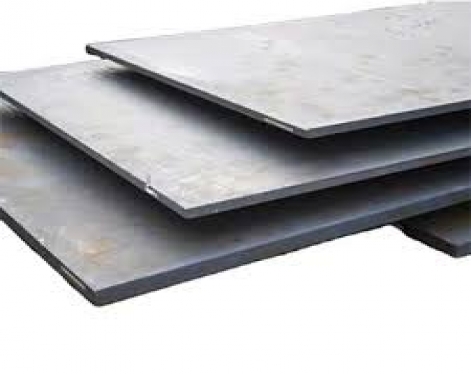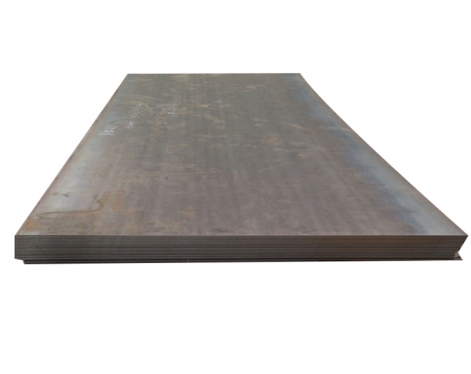1. What is mild steel plate?
Mild steel plate, also known as low carbon steel plate or simply steel plate, is a type of flat steel product that is made from low carbon steel.Due to the low carbon content of this steel plate, it has low hardness and good ductility. It is easy to weld and process. In order to increase the service life, mild steel plate can be galvanized to prevent corrosion. Low carbon steel plates are usually used in construction, automobiles, agriculture, machinery, ships and other fields.
2. How to Make Mild Steel Plates?
(1) Baseplate: This is the starting point of the mild steel sheet plate manufacturing process, usually refers to the original steel material, such as billet or large steel plate.(2) Surface cleaning: Remove oil, rust and other impurities on the surface of the raw material to ensure the smooth progress of the subsequent process and product quality. Surface treatment is a process method to artificially form a surface layer on the surface of the base material with mechanical, physical and chemical properties different from the base material. The purpose of surface treatment is to meet the corrosion resistance, wear resistance, decoration or other special functional requirements of the product. For metal castings, our more commonly used surface treatment methods are mechanical grinding, chemical treatment, surface heat treatment, spraying surface, surface treatment is to clean, sweep, deburr, degrease, descale the workpiece surface, etc.
(3) Billetmaking: Combine steel plate raw materials together to form a composite billet in preparation for the next step of heating and compounding.
(4) Composite billet: Composite raw materials of different materials to obtain the required performance and characteristics.
(5) Heating: Heating the raw material to a certain temperature to soften it for subsequent rolling.
(6) Finish rolling: Fine rolling of mild steel plate under temperature control to achieve the required thickness and surface quality.
(7) Temperature controlling: Accurately controlling the temperature during rolling to ensure the microstructure and performance of the steel.
(8) Rough rolling: The initial rolling process to roll the raw material into a larger plate in preparation for finishing rolling.
(9) Descaling: Removing the oxide scale produced during the rolling process to improve the surface quality of the steel plate. The oxide scale is the product of the oxidation reaction of steel at high temperature. The oxide scale must be removed before the steel is processed.
(10) Cooling: Cooling the rolled steel to fix its microstructure and hardness.
(11) Hot leveling: Leveling the hot-rolled steel plate to eliminate internal stress and improve flatness.
(12) Heat treatment: Heat treatment is used to change the microstructure of steel to improve its hardness, toughness or other properties. Heat treatment is to heat the metal material to a certain temperature, keep it at a certain temperature for a certain period of time, and then cool it down to room temperature or lower at a certain rate, so as to improve the material structure and obtain a material with excellent performance. It generally refers to the treatment of metal materials, especially steel. Common classification methods include normalizing, annealing, quenching, tempering and surface hardening.

(13) Mechanical test: Mechanical property tests such as tensile and hardness are performed on steel to ensure that it meets specific standards. Mechanical property tests of steel plates generally include tensile tests, torsion tests, compression tests, impact tests, hardness tests, stress relaxation tests, fatigue tests, etc.
(14) Ultrasonic flaw detection: Use non-destructive testing technology to detect whether there are defects inside the steel, such as cracks, holes, etc.
(15) Cold leveling: Leveling is performed on the cooled steel plate to ensure its flatness and dimensional accuracy.
(16) Separation: Divide large steel plates into required sizes to meet the needs of different applications.
(17) Rough cutting: Perform preliminary cutting to obtain plates close to the final size.
(18) Cutting product to size: Cut the plates precisely to meet the final product size requirements.
(19) Finish leveling: Perform final leveling on the cut plates to ensure dimensional accuracy and flatness.
(20) Surface finishing: Perform secondary grinding, polishing or other treatment on the surface of the steel plate after it is made to improve its appearance and corrosion resistance.
(21) Packaging: Pack the processed plates to protect them from damage during transportation and storage.









